Most gardens already have the usual parsley, basil, or thyme, but there’s a whole world of rare herbs waiting to surprise you.
These lesser-known plants not only add exotic flavors to your cooking but also come packed with remarkable health benefits that make them worth a place in your garden. The best part?
They’re just as easy to grow as common herbs, needing only basic care to thrive. With their unique fragrances, intriguing appearances, and natural healing properties, these herbs bring both beauty and wellness to your space.
Growing them will give your garden a touch of the unexpected while filling your kitchen with new tastes and remedies to explore.
#1 Epazote
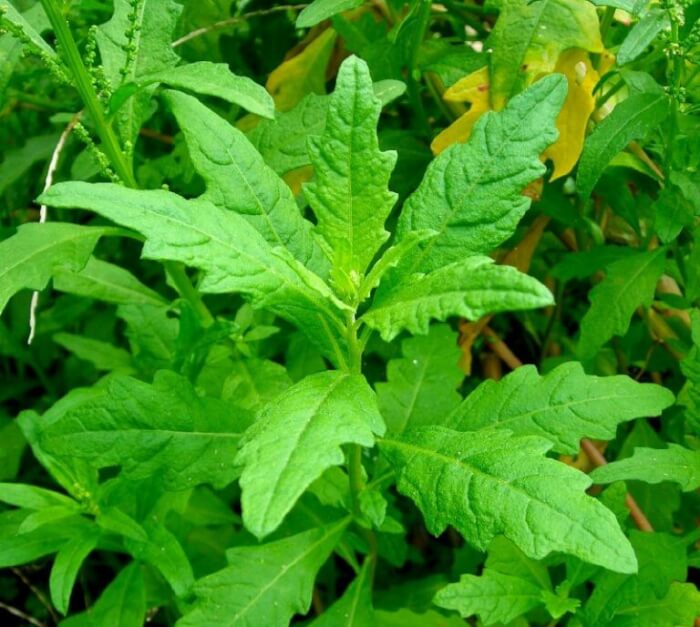
Epazote contains an extensive array of vitamins and minerals, including vitamins A, B, and C, as well as calcium, manganese, copper, iron, magnesium, potassium, phosphorous, and zinc.
It can help relieve cramping, bloating, and constipation in addition to enhancing the immune system and protecting the body’s cells against free radical damage to lower the risk of a number of certain cancers and other chronic diseases.
It is most commonly considered to be a herb and is popular for making spicy tea, it can also be prepared like a leafy vegetable and used in chilies, egg dishes, tamales, quesadillas, or soups. Its flavor is unique, both minty and peppery.
#2 Chocolate Mint
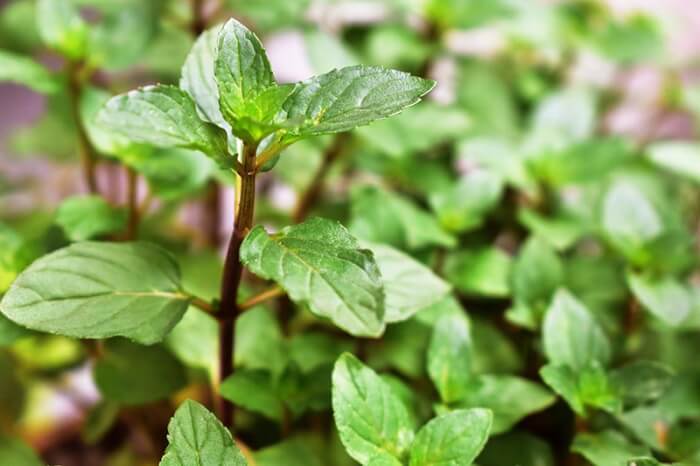
Chocolate Mint is a great herb for relieving digestive woes. It smells like a peppermint patty, though the aroma is more chocolatey than the taste. It makes a fabulously indulgent tea, and it can be baked in cakes, added to mojitos.
Its aroma is pleasant to humans but repels pests like mice, mosquitoes, fleas, and flies.
#3 Anise Hyssop
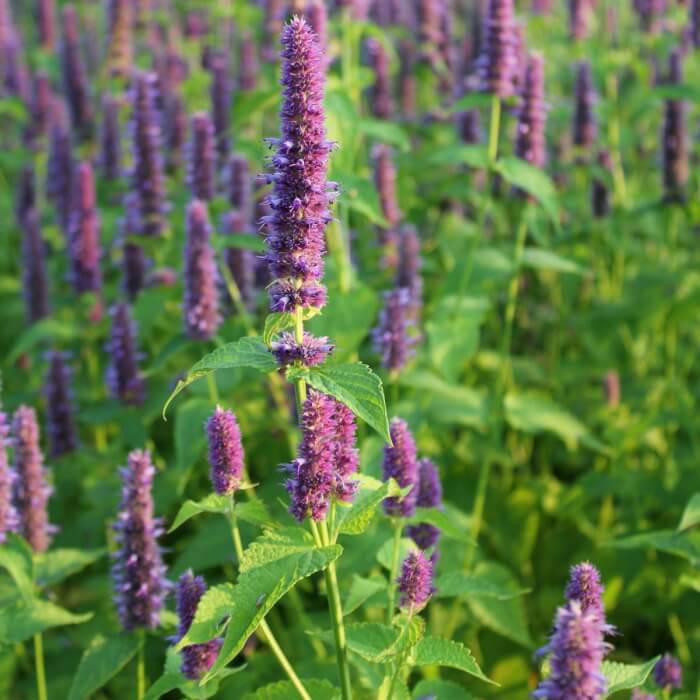
Anise hyssop has a minty anise seed flavor that’s fresh and sweet. In North American First Nations, it’s been long used as a sweetener, tea, and breath freshener. In Chinese medicine, it’s used to treat fever, headache, heatstroke, and angina.
The leaves and flowers of the plant also make delicious black licorice-flavored tea for treating colds by helping to relieve congestion, and can be added to salads, or dried and used to complement poultry, salmon, and lamb dishes.
#4 Toothache Plant
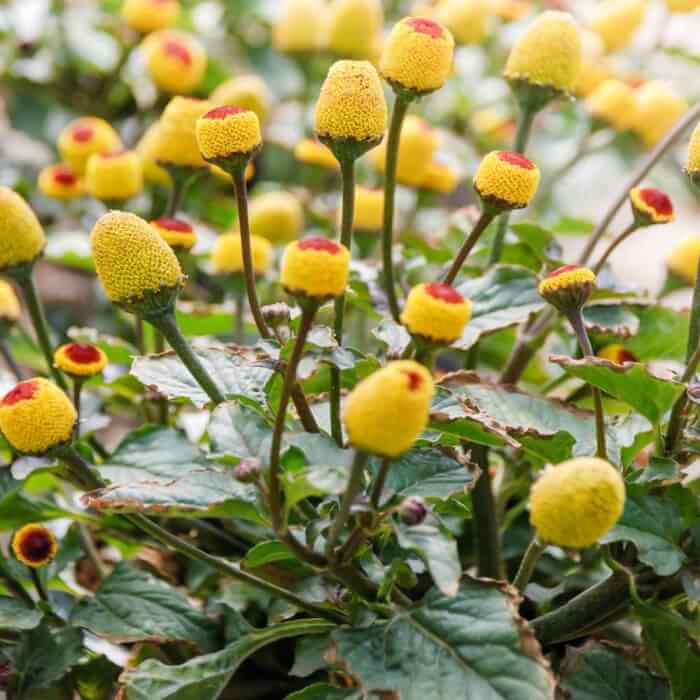
Toothache Plant displays flowers that have oddly shaped flowers which resemble miniature eyeballs. This plant can help relieve tooth pain.
It has bright yellow and red cone-shaped flowers, and its leaves have benefits like echinacea, such as boosting the immune system, easing nausea, and improving digestion.
The flower buds and fresh leaves can be made into a tea, chewed or steamed, and eaten as salad greens.
#5 Mexican Tarragon
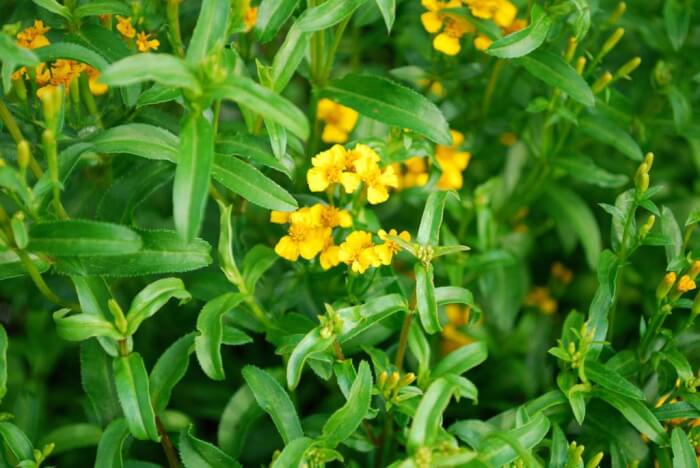
The leaves of the whole Mexican Tarragon plant are known to help relieve digestive woes, including diarrhea, nausea, and hiccups, while the flower petals can be used to make tea to treat cold symptoms.
In cooking, Mexican tarragon offers a complementary savory flavor to meat and egg dishes. It’s also a very beneficial plant for your garden, attracting bees and butterflies while repelling many insects.
#6 French Sorrel
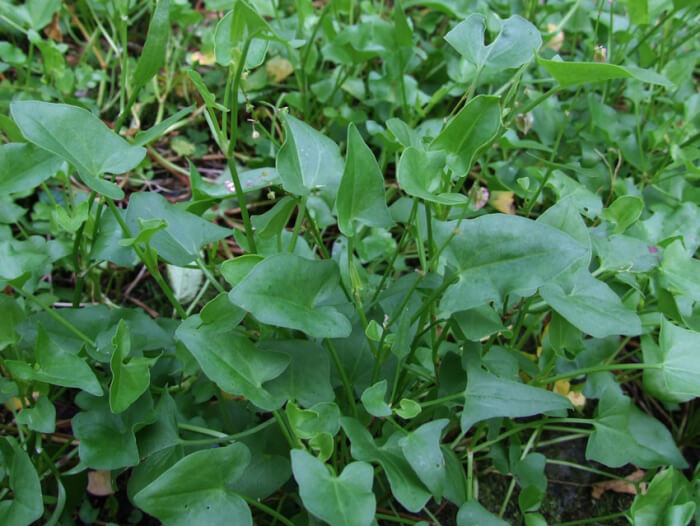
French Sorrel has been extensively used in both the form of a salad plant and a vegetable.
It is particularly rich in antioxidants and vitamin C, as well as being a good source of vitamin A, which helps to strengthen the immune system and prevent premature aging, too.
It can be eaten raw like spinach as part of a salad, added to sandwiches, or even pureed into a soup.
#7 Sweet Cicely
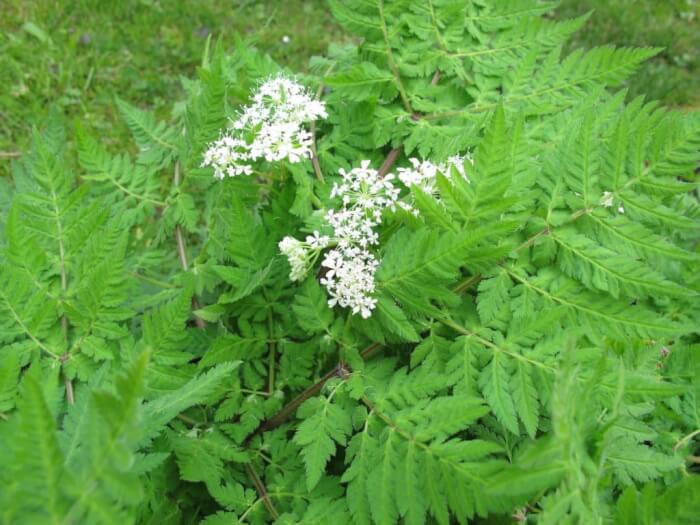
All parts of the Sweet Cicely plant can be used for both culinary and medicinal purposes. You can cook the roots like you would parsnips and use them to flavor up soups and stews, and the leaves as a garnish or in salads.
This herb is especially good for the digestive system. When mixed into boiling water with a little finely chopped dinner, it creates the perfect concoction for relieving digestive issues like flatulence.
#8 Orange Thyme
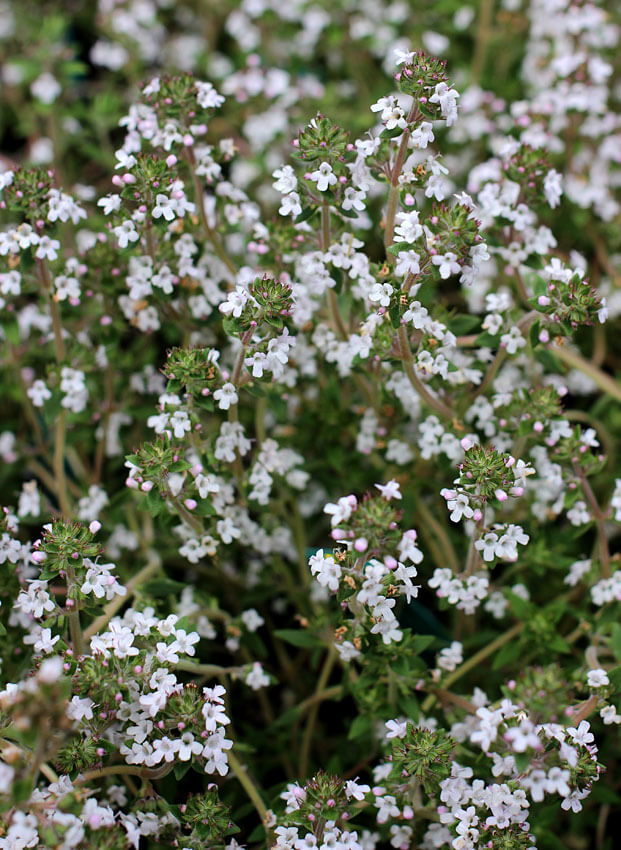
Orange Thyme has a fantastic warm citrus taste that complements thyme. It has a long history of use in natural medicine for treating coughs, chest congestion, and bronchitis, as well as lots of vitamins A and C.
It’s also a good source of manganese, copper, iron, and fiber.
#9 Perilla
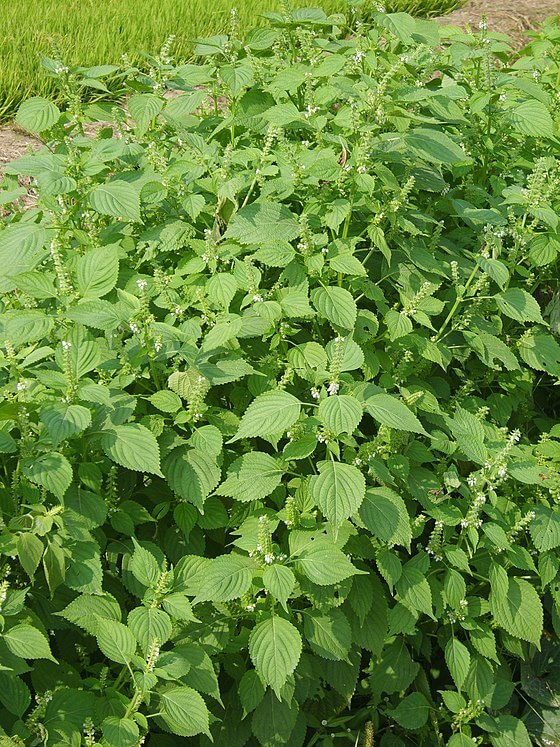
Thanks to the strong smell, you can rub the leaves of Perilla on your skin and clothes to repel ticks. The entire plant is very nutritious, loaded with vitamins and minerals, particularly vitamin C, containing nearly half the daily recommended amount.
It also offers 23 percent of the daily suggested intake of calcium, while the leaves provide anti-inflammatory effects and help promote healthier cholesterol levels.
The leaves can be stir-fried with garlic and veggies, deep-fried in a batter of flour and eggs, pickled or marinated, or used as wrappers too.
#10 Siberian Chives
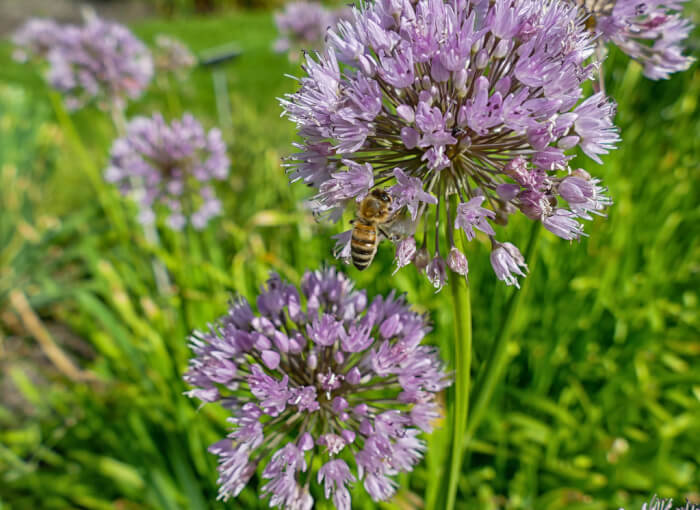
Siberian chives have a buttery onion flavor and mauve flowers that can not only add flavor to a salad but can beautify it, too.
The round purple flowerheads are a great way to attract both bees and butterflies, while the plant’s scented foliage deters pests.
They are great for health benefits, including strengthening the immune system, supporting heart health, boosting bone strength, and improving vision.
